Description
In the intricate web of industrial automation, where precise motion and flow measurement underpin everything from conveyor synchronization to hydraulic positioning, inconsistencies in pulse signal processing can unravel entire production lines—leading to miscounts, desynchronized drives, or erratic valve timing that cascade into quality defects or safety lapses. Envision a bottling plant where encoder feedback from high-speed fillers drifts under variable loads, triggering overfills and waste, or a metal forming operation where servo pulses falter amid electromagnetic chatter, compromising dimensional accuracy and inviting rework. These pain points are commonplace in process control arenas, where I/O signal demands spike during expansions, yet legacy counters often buckle under frequency variances or noise, forcing engineers to cobble together filters or redundant polling that inflate wiring sprawl and debug cycles. High reliability here isn’t a luxury; it’s the linchpin for compliance with ISO 13849 or IEC 61508, but without adaptive pulse handling, systems teeter on the edge of inefficiency.
- 8C-PCNT02
This is the pivotal shortfall the Honeywell 8C-PCNT02 bridges as a coated control processor module in the C300 series, optimized to capture and tally pulse inputs with forensic accuracy. In settings like pharmaceutical packaging or wastewater treatment, it asserts itself during upgrades, where scaling I/O for multi-axis robotics or flow metering outpaces outdated hardware; sans such a module, teams grapple with signal jitter that skews throughput metrics or halts ESD sequences. The Honeywell 8C-PCNT02 responds by buffering dual-channel pulses up to 100 kHz, leveraging conformal protection to defy humid or dusty incursions, while its integration into the Experion LX DCS fabricates a seamless conduit for real-time diagnostics. This isn’t rote counting—it’s fortified intelligence that decodes directionality in quadrature modes, preempting reversal errors in bidirectional flows.
For those charting procurement paths, the Honeywell 8C-PCNT02 illuminates essentials: it condenses engineering hours via hot-pluggable IOM design, syncing with CEE for deterministic execution, and its scalable channels adapt to SIL 2 loops without custom firmware. In automation landscapes chasing throughput without compromise, this module recasts pulse vulnerabilities into precision assets, ensuring modular integration that sustains operational tempo and regulatory poise amid evolving demands.
At the pulse of your C300 controller’s I/O stratum, the Honeywell 8C-PCNT02 emerges as the discerning interpreter of transient signals, plugging into the baseplate’s backplane where it draws from shared 24 VDC rails to condition inputs from encoders, resolvers, or flow transducers. It occupies a dedicated IOM slot alongside analog multiplexers or digital gateways, channeling processed counts via the controller’s internal bus to the host CPU for logic fusion—envision it upstream from PID executors, downstream of field cabling, where raw quadrature or single-ended pulses resolve into velocity vectors or position tallies without latency creep. In the broader automation stack, it dovetails with Experion’s CEE environment, supporting redundant configurations through paired 8U variants for fault-tolerant mirroring, ensuring no single dropout disrupts a servo loop.
Integration unfolds with engineer-friendly nuance: configurable via Control Builder software, it embraces protocols like Modbus or HART for overlay with SCADA, while embedded filters—debounce to 1 ms—quell bounce from mechanical contacts, preserving I/O signal veracity in EMI-laden zones. For a packaging line’s intermittent feeder, the Honeywell 8C-PCNT02 discriminates up/down edges in dual mode at 10 kHz, feeding buffered tallies to motion planners; diagnostics flag overflow or wiring faults via status registers, cueing preemptive swaps. This perch enhances modularity—cascade with PAIH modules for hybrid sensing, or embed in faultnet rings for SIL-rated resilience—while conformal coating fortifies against 95% RH swings. The Honeywell 8C-PCNT02 thereby knits into your process control tapestry as a vigilant aggregator, where pulse fidelity fuels agile responses, and diagnostics illuminate paths forward rather than roadblocks.
| Specification | Details |
|---|---|
| Model Number | 8C-PCNT02 |
| Brand | Honeywell |
| Type | Pulse Input/Control Processor Module |
| Input Voltage | 24 VDC |
| Operating Temp Range | -20°C to +70°C (coated) |
| Mounting Style | Backplane/IOM Slot |
| Dimensions | 60 x 150 x 200 mm (approx.) |
| Weight | 0.5 kg |
| Interface/Bus | C300 Backplane, Modbus |
| Compliance | IEC 61508 SIL 2, CE, RoHS, ATEX Zone 2 |
| Supported Protocols | Modbus RTU, HART |
| Typical Power Draw | 4-6 W |
Harnessing the Honeywell 8C-PCNT02 instills a caliber of reliability where pulse debouncing averts tally glitches in jittery encoders, letting drives track trajectories with sub-millisecond fidelity—your sequences unfold without the false starts that once idled lines, yielding throughput lifts in the 5-10% range through unerring count propagation. In vibration-prone bays, its coated barriers repel ingress that corrodes contacts, safeguarding I/O signal paths so counts hold true across thermal drifts, all calibrated to endure without recalibration drifts.
The maintenance narrative shifts toward foresight, with self-tests via IOM LEDs and event queues that spotlight channel anomalies—like frequency drops—before they bottleneck production, easing engineering overhead and elongating proof intervals to quarterly norms. Engineered for the tenacity of shift-work cycles, it vows sustained performance via robust dielectrics that weather 500V isolation, refining your spares ledger while bolstering uptime projections. For burgeoning setups, the Honeywell 8C-PCNT02‘s slot-agnostic fit accelerates node additions, sans recertification hurdles, freeing cycles for algorithm refinements.
Widen the lens, and its CEE synergy dissolves data chasms, piping pulse-derived metrics to asset dashboards for wear correlations that forecast encoder swaps. Operators command with amplified trust, as threshold alerts surface intuitively, curtailing override gambles in peak rushes. Electing the Honeywell 8C-PCNT02 forges a precision ethos that scales with velocity, melding acute capture with tactical endurance to elevate your industrial automation from episodic to emblematic.
In food processing lines, the Honeywell 8C-PCNT02 tallies filler encoder pulses amid splash and steam, where hygiene protocols demand unyielding counts—its coated resilience upholds critical system uptime, decoding 100 kHz bursts in process control environments to sync cappers without spills or jams.
Semiconductor wafer handlers deploy it for stage positioning, braving cleanroom static and micro-vibes; under these harsh conditions, the Honeywell 8C-PCNT02‘s SIL 2 voting delivers high reliability, buffering quadrature edges for alignment precision in fast data cycles.
Within HVAC chiller plants, it meters compressor flow via turbine sensors, with Modbus ties suiting retrofits—its modular IOM perch enables quick field tunes, minimizing exposure in confined process control environments. These vignettes affirm the Honeywell 8C-PCNT02‘s mettle for automation stewards honing against flux and fraction.
8C-PCNT03 – Updated processor variant with enhanced memory for high-volume pulse buffering
8U-PCNT02 – Uncoated counterpart for standard ambient installs, cost-optimized for cleanrooms
8C-PAIH54 – Analog input module pairing for hybrid pulse/voltage sensing in C300 racks
8C-TCNTA1 – Termination assembly companion simplifying field wiring to 8C-PCNT02 channels
8C-PAOHA1 – HART-enabled output module for downstream actuation from pulse-derived logic
CC-PCNT02 – C200 series equivalent for compact controller builds alongside C300 expansions
8C-TAID01 – IOTA digital input board extending 8C-PCNT02’s discrete pulse capacity
8U-TCNTA1 – Non-coated termination for uncoated 8C-PCNT02 in low-humidity zones
When staging the Honeywell 8C-PCNT02 for your C300 baseplate, align IOM revision with controller firmware—post-v110 ensures CEE harmony, per Honeywell’s migration notes, to evade sync lags; a quick checksum via Control Builder flags mismatches upfront. Gauge slot airflow; in enclosures over 60% loaded, stipulate 10 CFM vents to cap junction temps at 70°C, and validate 24 VDC for <50 mV ripple with a scope burst test—pairing a regulated supply nips startup hiccups. Scrutinize edge connectors for plating uniformity, as faint scoring can amplify noise in long runs.
Once fielded, stewardship centers on bimonthly register polls through Modbus for count variances past 0.1%, tandem with IOM LED patrols for steady channel glows. Quarterly, invoke built-in diagnostics via software—cycle simulated pulses at 50 kHz to affirm edge detection under 10 µs—and reseat term blocks to 0.8 Nm, vigilant for creep in vibratory spots. For coated units in washdown vicinities, annual visual audits via endoscope hunt for breach micro-cracks, coupled with log dumps for pattern hunts. These rhythms embed into DCS PM flows, nurturing the Honeywell 8C-PCNT02‘s exactitude sans sidelining core tasks.

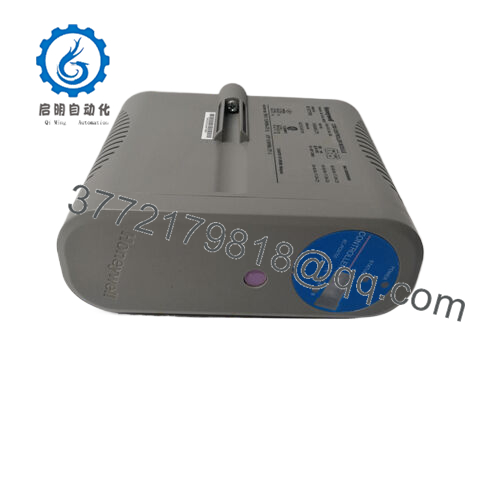
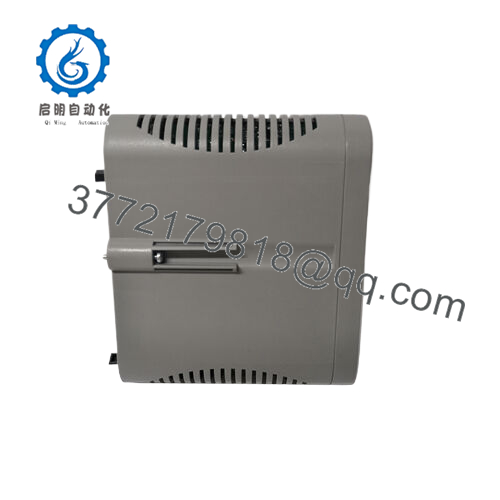
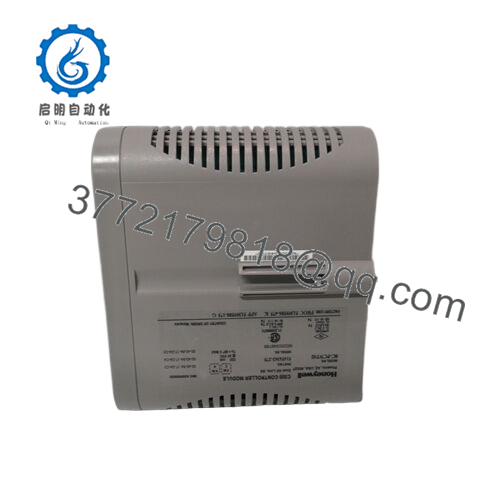
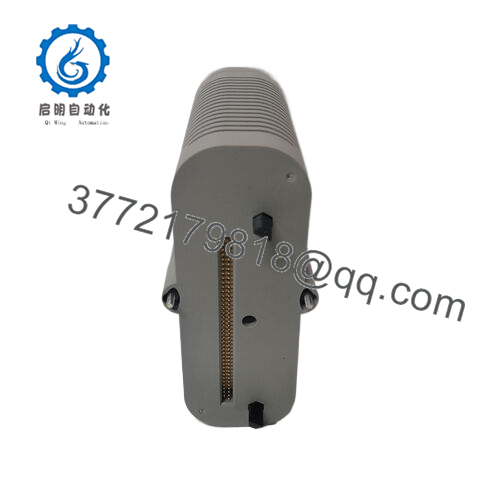
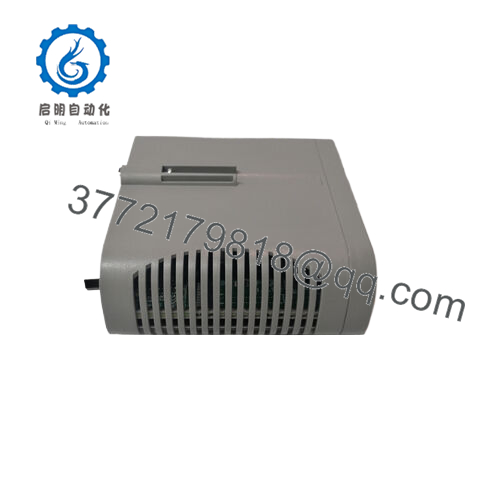
 WhatsApp: +86 16626708626
WhatsApp: +86 16626708626 Email:
Email:  Phone: +86 16626708626
Phone: +86 16626708626


